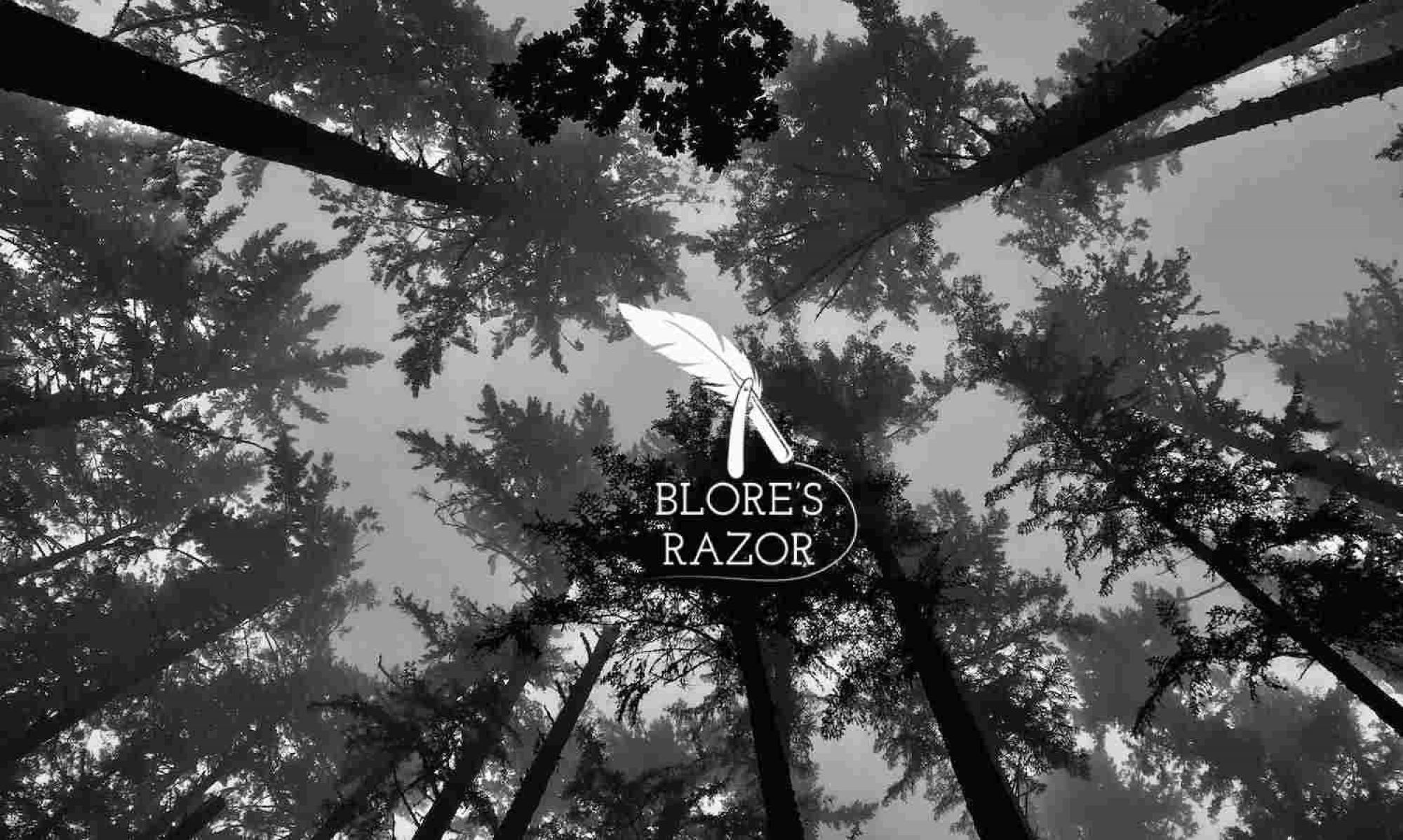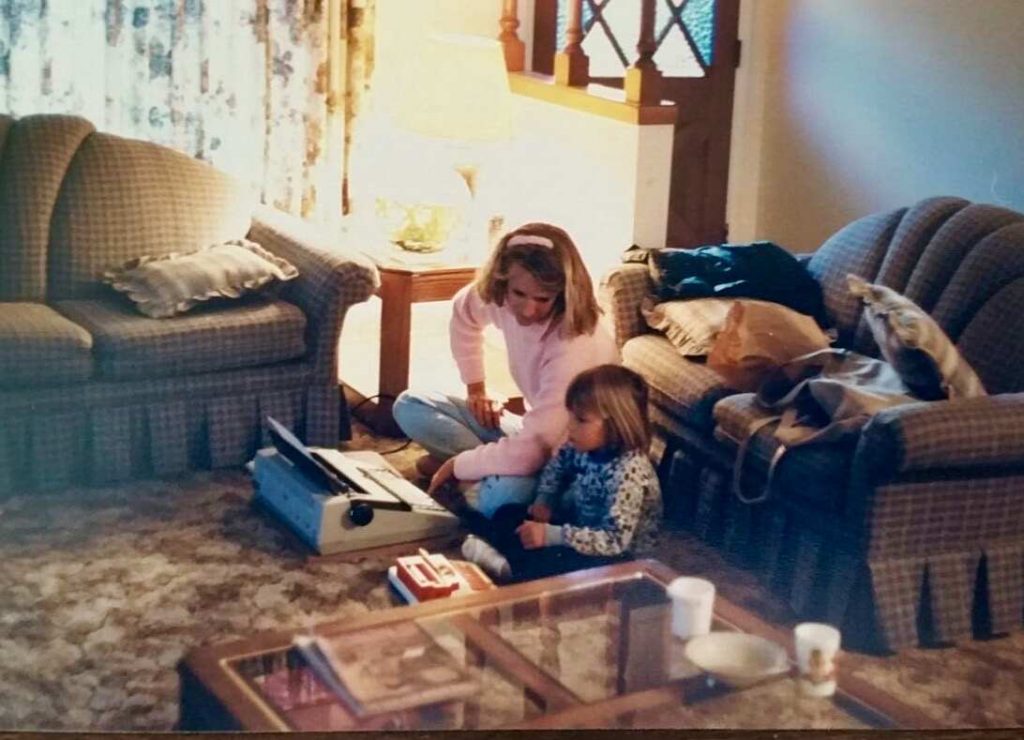“We are drowning in information, while starving for wisdom. The world henceforth will be run by synthesizers, people able to put together the right information at the right time, think critically about it, and make important choices wisely.”
Edward O. Wilson (Consilience: The Unity of Knowledge, 1998)
When ChatGPT was introduced to the world in late 2022, hundreds of AI products and services cropped up overnight, upending every industry and casual conversation. Previous technological leaps seemed to crawl—not run—allowing us time to digest and adapt. The Internet, for example, ramped up over many years in the 90s, starting with a limited number of HTML-proficient bloggers and businesses. The same happened in manufacturing robotics: these inventions took time to mature and optimize production lines. Artificial intelligence hit differently.
Engineers, legal analysts, artists, authors, radiologists, stockbrokers…name an occupation, and chances are that AI is already changing it. As a writer and editor, folks ask me how it will transform my work. I haven’t employed AI professionally, although the applications I frequently use (Google Docs, Gmail, and Grammarly) have all introduced AI-driven writing tools to auto-generate prose.
Here’s the thing: ChatGPT-4 is a remarkable tool to create first drafts of virtually anything—book summaries, business plans, technical manuals—but there’s a catch: the perspective will be generic, error-prone, and derivative. Words may be strung into grammatically correct sentences based on writing patterns, but without a human touch, the voice will be lifeless.
Let’s do a test: can you spot which of the following was written by ChatGPT-4?
Prompt: Give me a one-paragraph synopsis of the movie “Barbie.”
1. Like many, I didn’t expect to enjoy the movie “Barbie” as much as I did. Greta Gerwig opens with a dawn-of-mankind scene, an homage to “2001: A Space Odyssey.” Barbies were revolutionary because girls in the 1950s wanted more than to role-play as mothers with traditional baby dolls. They now could imagine they were scientists, surgeons, and presidents with their new toys. In Barbieland, the film brilliantly inverts men’s and women’s expected roles in society, with the Kens playing a supporting cast to the Barbies’ hopes and dreams. After stereotypical Barbie and Ken (the impeccable Margot Robbie and Ryan Gosling) travel to the real world and observe men’s power and privilege, Ken decides to introduce the patriarchy to Barbieland.
2. “Barbie” is a live-action film that follows the iconic Barbie character as she embarks on a whimsical and empowering adventure in a modern, fantastical world. Barbie, portrayed by a talented cast member, discovers her unique abilities and embarks on a journey of self-discovery and growth. Along the way, she encounters a diverse array of characters, faces challenges, and learns valuable life lessons about the importance of authenticity, friendship, and believing in oneself. Filled with dazzling visuals, heartwarming moments, and a message of empowerment, “Barbie” is a captivating cinematic experience that celebrates the enduring appeal and timeless charm of the beloved Barbie doll.
Which one did I write? The first one, obviously. The second summary is grammatically sound but lacks an understanding of the movie’s themes. It relies on flabby, generic terms (“talented cast member,” “journey of self-discovery and growth”) and doesn’t feel like the voice of someone who has seen the film. Remarkably, a machine wrote that paragraph in seconds, but it’s speciously constructed and doesn’t have a heartbeat.
AI is a tool that will transform our connection to our work and each other. As a writer, I hope to harness its ability to do data-gathering (which I will fact-check) or to pitch me 50 creative names for my latest recipe. I believe that prompt engineering skills will eventually crown the leading professionals in many fields—those who learn to see AI as a useful tool or an assistant will be at an advantage by automating tedious tasks. But our human-made work will stand out in a crowded field of AI imitation based on our discerning taste and decision-making.
AI doesn’t judge, for better or worse—it doesn’t understand whether its solutions are clever or ignorant. It combs the entirety of accessible human knowledge and makes trained guesses on what to present to us as answers to our inquiries. It works faster and can access a broader scope of solutions than a human brain, but AI doesn’t know when it’s being shallow, offensive, or ridiculous. Persuasive writing, elegant software code, sound legal arguments, and moving works of art all require a perspective. Without beliefs and goals honed by diverse real-world experiences, innovation falls flat. We can’t evolve without a roadmap of values.

